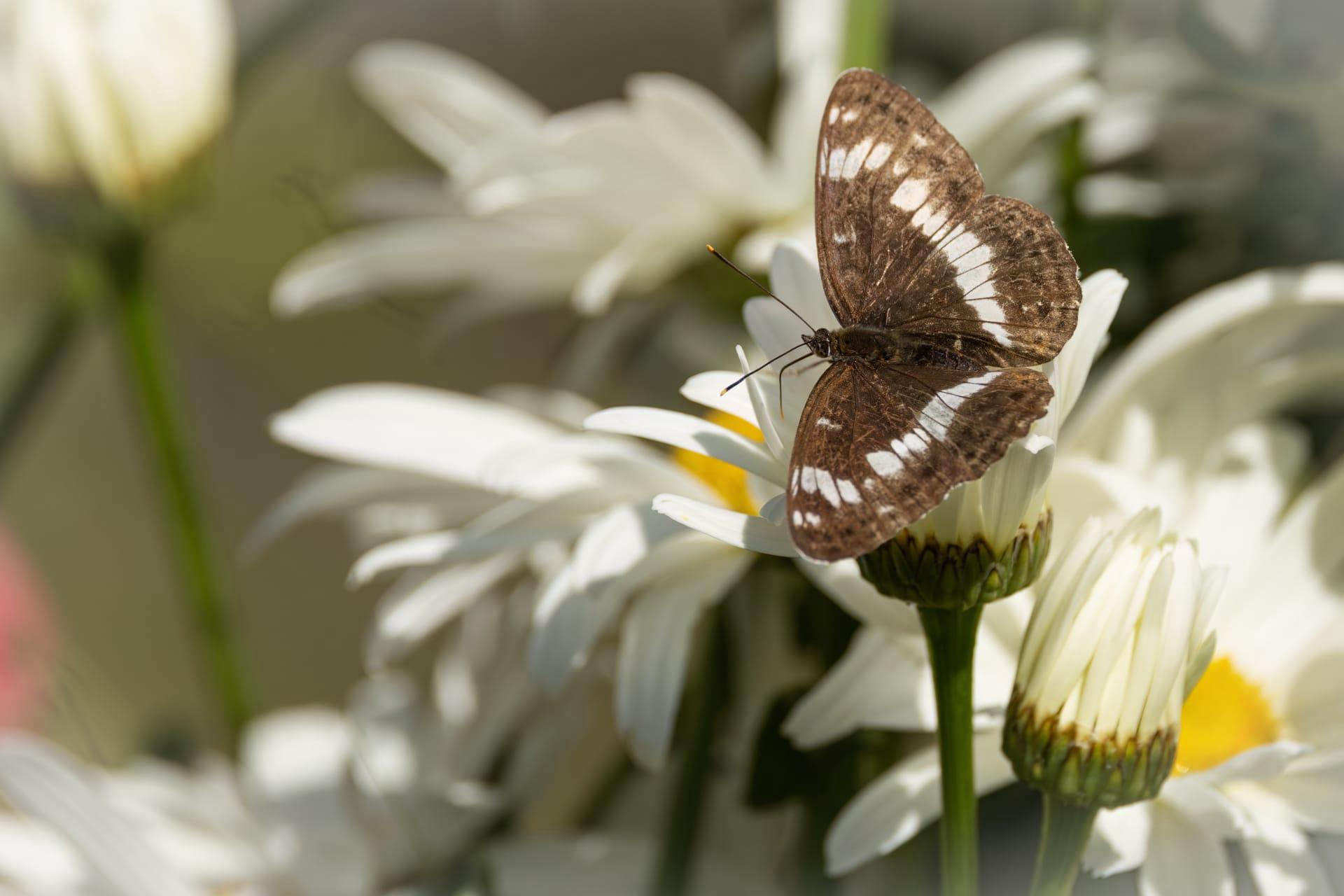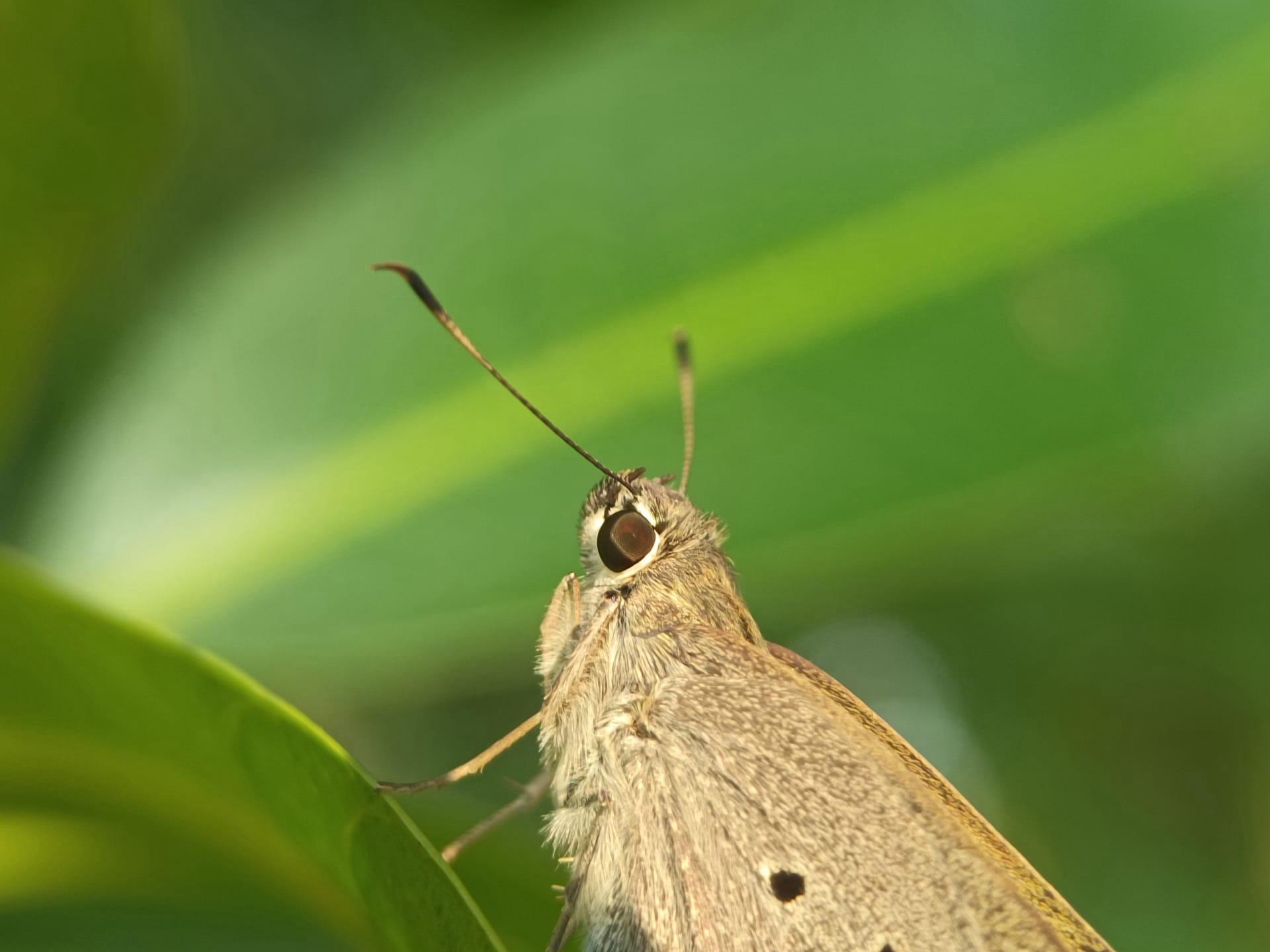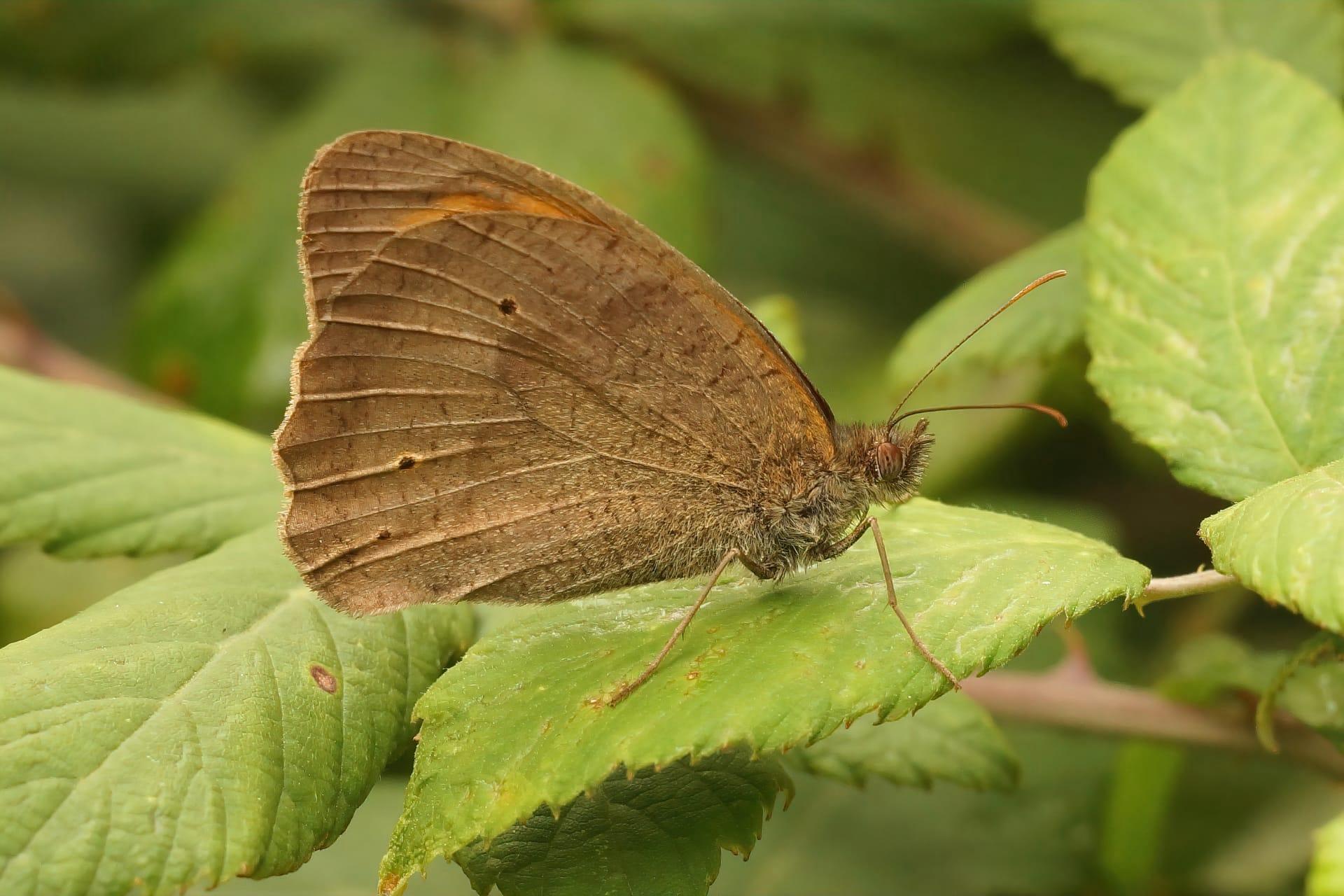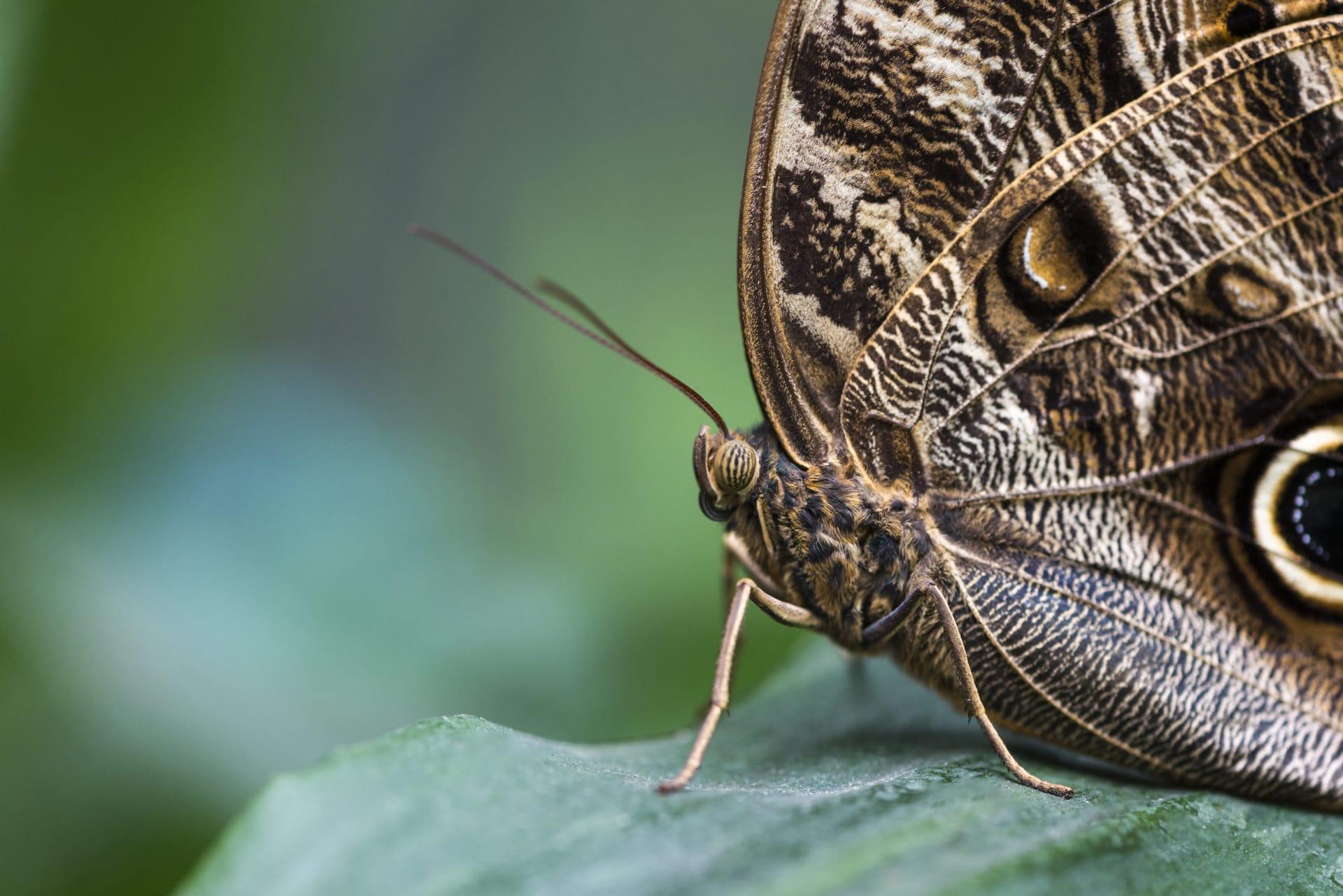1
Brown butterflies, specifically the species Biston betularia, showcase one of nature's most fascinating examples of adaptation. These butterflies are famous for their industrial melanism; a phenomenon where they evolved darker wings due to industrial pollution. In the 19th century, during the Industrial Revolution in England, the soot from factories darkened the trees and buildings. As a result, the brown butterflies, which previously blended well with the lighter-colored trees, became more visible to predators, while the darker variant, which was initially rare, gained a survival advantage. This led to a dramatic increase in the population of dark-winged butterflies, a classic case of natural selection in action.
Another intriguing aspect of brown butterflies is their wing patterns, which serve as an excellent defense mechanism. These butterflies often have eye-like patterns on their wings, which can vary in size and number. These eye patterns are not just for show; they play a crucial role in predator deterrence. When a predator, like a bird, approaches, the butterfly can flash its wings, revealing the eye patterns. These patterns can startle or confuse the predator, giving the butterfly a chance to escape. It's a clever trick of nature, turning a simple wing pattern into a lifesaving tool.

2
The brown butterfly's lifecycle is a marvel of transformation, consisting of four distinct stages: egg, larva (caterpillar), pupa (chrysalis), and adult butterfly. Each stage has its unique characteristics and purpose. For instance, the caterpillar stage is primarily for growth. During this phase, which lasts about two to four weeks, the caterpillar will eat continuously, molting multiple times as it outgrows its skin. This period of rapid growth is crucial for the butterfly's development.
Another fascinating fact about brown butterflies is their method of thermoregulation. Butterflies are cold-blooded and rely on external sources to regulate their body temperature. Brown butterflies often bask in the sun with their wings spread wide to absorb heat, which is essential for their activity and flight. Interestingly, the angle at which they hold their wings can determine how much heat they absorb. This ability to thermoregulate is vital for their survival, especially in cooler climates.

3
Migration is a significant aspect of some brown butterfly species' lives. Notably, the painted lady butterfly, a type of brown butterfly, undertakes an impressive migratory journey. These butterflies can travel up to 12,000 kilometers (about 7,456 miles) round-trip, crossing continents from Africa to Europe. This journey is not undertaken by a single butterfly but is a multi-generational voyage, where different stages of the lifecycle are completed in varying geographic locations.
The sensory perception of brown butterflies is also noteworthy. They have highly sensitive antennae, which they use to detect smells and pheromones. This sense of smell is crucial for various behaviors, including finding food sources, locating mates, and navigating their environment. Additionally, their compound eyes are adept at detecting movement and colors. Interestingly, butterflies can see ultraviolet light, which is invisible to the human eye. This ability allows them to perceive patterns on flowers and other butterflies that are not apparent to predators or humans.

4
Brown butterflies play an essential role in the ecosystem as pollinators. While feeding on nectar, they inadvertently transfer pollen from one flower to another, aiding in plant reproduction. This pollination process is crucial for the survival of many plant species and, consequently, the overall health of ecosystems. Their role as pollinators makes them vital contributors to biodiversity and the balance of nature.
The reproductive strategy of brown butterflies is another interesting aspect. Female butterflies typically lay their eggs on plants that will provide food for the emerging caterpillars. This species-specific plant selection ensures the survival of the next generation. For example, the caterpillars of the monarch butterfly, a type of brown butterfly, feed exclusively on milkweed. The milkweed plant provides all the necessary nutrients for the caterpillars and also makes them distasteful to predators due to the toxins it contains.

5
Camouflage is a crucial survival technique for brown butterflies. Their brown coloring allows them to blend seamlessly with their surroundings, such as tree bark or leaves, making it difficult for predators to spot them. This natural disguise is a form of passive defense, enabling them to avoid detection and potential threats.
Lastly, the lifespan of brown butterflies is a subject of interest. Most brown butterfly species have a relatively short lifespan, typically living only a few weeks as adults. However, this brief lifespan is part of a larger, intricate lifecycle that includes metamorphosis. The entire process from egg to adult butterfly can span several months, with the majority of their life spent in the larval and pupal stages. This short yet dynamic lifespan is a testament to the efficiency and adaptability of these fascinating creatures.